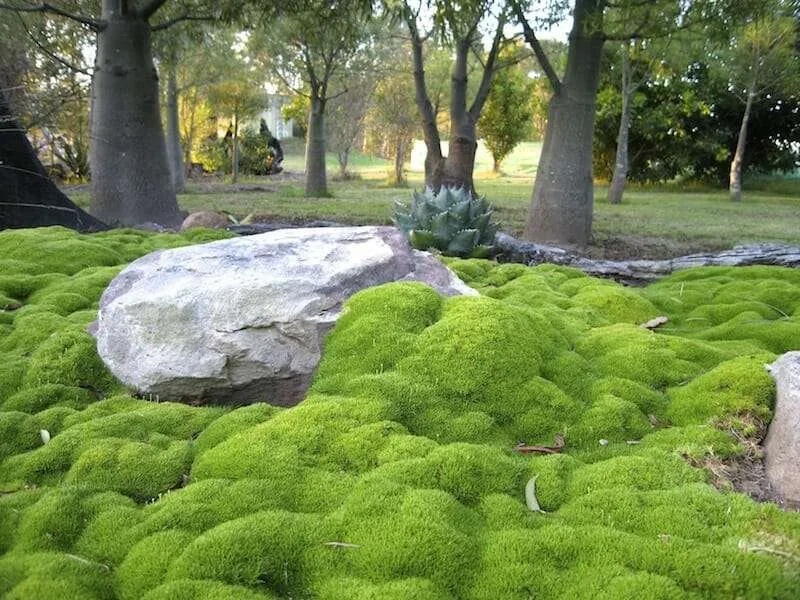Mayapples, Podophyllum peltatum
Mayapple (Podophyllum peltatum) is a native North American woodland plant that goes by many names: mayflower, mandrake, and my favorite, raccoon berry. This low-growing, two-leafed plant loves the rich, moist, shady soil of forests. And while not a shrub, they are part of the barberry family (Berberidaceae).

The Native Americans used the plant for medicinal purposes, mainly as a purge and to rid themselves of parasites; the plant is extremely poisonous, though, and can be fatal. Some literature says the fruit, once ripe, is edible. However there is much discussion as to when the fruit is fully ripe, whether or not it’s not poisonous or just mildly so, and lastly whether or not you can eat the seeds. In other words, don’t risk it.

Mayapples are unique looking plants that can be a beautiful point of interest in your native woodland garden during the spring and early summer. The fruit is eaten by deer, raccoons, and box turtles.
Cheat Sheet

- Mayapples are easily identifiable by their two large leaves that look like a cross between a duck’s foot and an umbrella.
- They can grow between one and two feet tall, and their single white flower is pollinated by bumblebees and butterflies.
- They go dormant in the mid to late summer.
- Due to their toxicity, they are deer-resistant, but the deer will eat the fruit.
- Keep children and animals away from the plant.
- In Florida, they are a protected plant.
- They can be planted under black walnuts since they tolerate juglone.
Keep It Alive

- Mayapples love shade and moisture. If you have ferns in your garden, chances are that mayapples will be happy there, too.
- They enjoy acidic soil and are relatively pest-free.
- They spread by rhizomes and can form large colonies.
- It’s best to purchase a couple of plants from a responsible and reputable source rather than trying to start by seed, which is fairly difficult. You will need a few plants, since they do not self fertilize, if you want to see the ‘raccoon berry’.
See also:












Have a Question or Comment About This Post?
Join the conversation (0)